Doberdor Dog Breed: Dobredor Dog Breed Facts About Mixed Breed
The Doberdor he’s a mix breed dog which has received quite a fame recently. This hybrid dog, the Doberman Lab mix, crosses the Doberman Pinscher and the Labrador Retriever, two cherished breeds. This article delves into the characteristics, care, paw maintenance, temperament, variations, and pros and cons of owning a Doberdor, often pictured in dog breed pictures.
Weighing in at about 65 to 80 pounds, the Doberdor has a strong body and a smooth coat that often shows the distinct colors of its parents. Known for their loyalty and excellent guard dog abilities, these Doberman Lab mix pups are incredibly friendly and adapt well to family life.
Their energetic and smart nature makes it easy to train these adult dogs, the Doberdors, as they grasp new commands swiftly. Anyone considering an adult dog like a Doberdor should be aware that they require ample physical activity and mental workout to remain happy. This implies that they need not just regular walks, but also comprehensive dog training.
To keep these pups healthy, consistent paw checks and regular vet visits are crucial to detect any health concerns inherited from their mixed background.
Key Takeaways
- Doberdors blend Doberman Lab strength with Labrador friendliness.
- These dogs weigh 65-80 pounds and boast a strong build.
- They need regular exercise and mental stimulation for wellbeing.
A Doberdor is a crossbreed with a Doberman Pinscher and Labrador Retriever heritage. With a sleek coat reflecting their lineage, Doberdors are robust protectors yet family-friendly. Their intelligence and vigor require consistent physical and mental engagement. Regular veterinary visits are vital to monitor their health due to their diverse genetic makeup.
Quick Facts
The Doberdor, a mix of Doberman Pinscher mix and Labrador Retriever, stands out with its oversized build and love for activity. These dogs often weigh between 60 and 100 pounds and can grow to 24 to 28 inches at the shoulder. Typically, females are slightly smaller than males.
Doberdors need plenty of exercise, including at least two to three long walks daily, to stay healthy and happy.
Regular vet visits are essential for Doberdors, as they may inherit health issues like hip and elbow dysplasia. Even though they come from well-known parent breeds, major kennel clubs have yet to recognize the Doberdor officially.
Doberdor Dog Breed Pictures
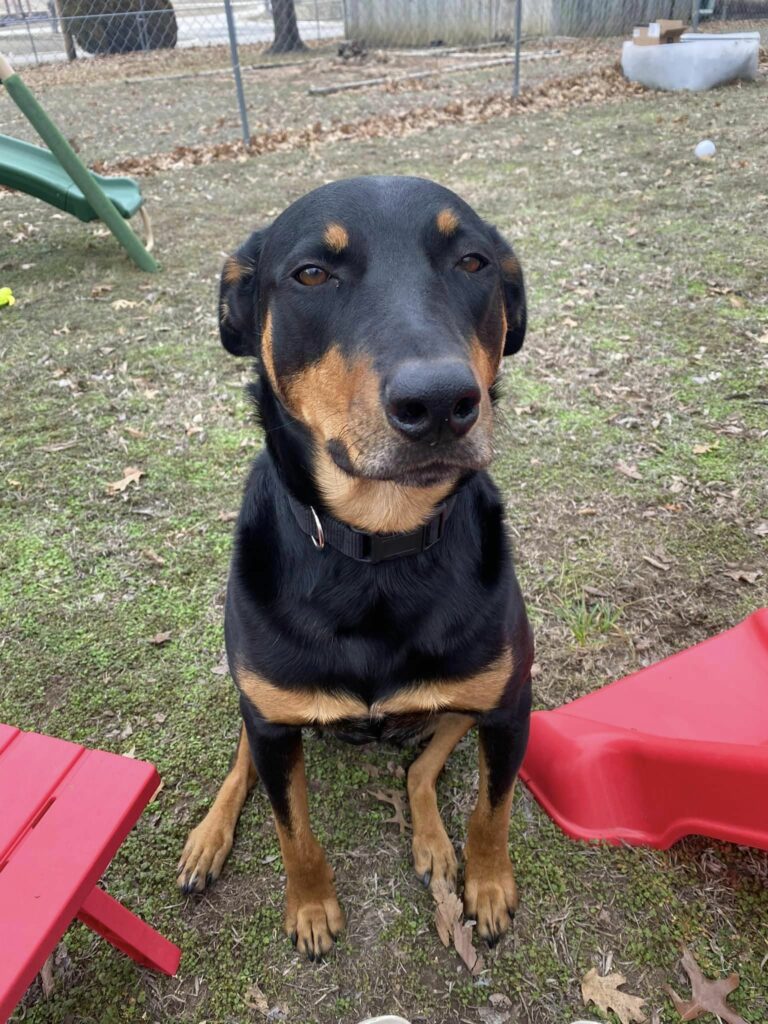

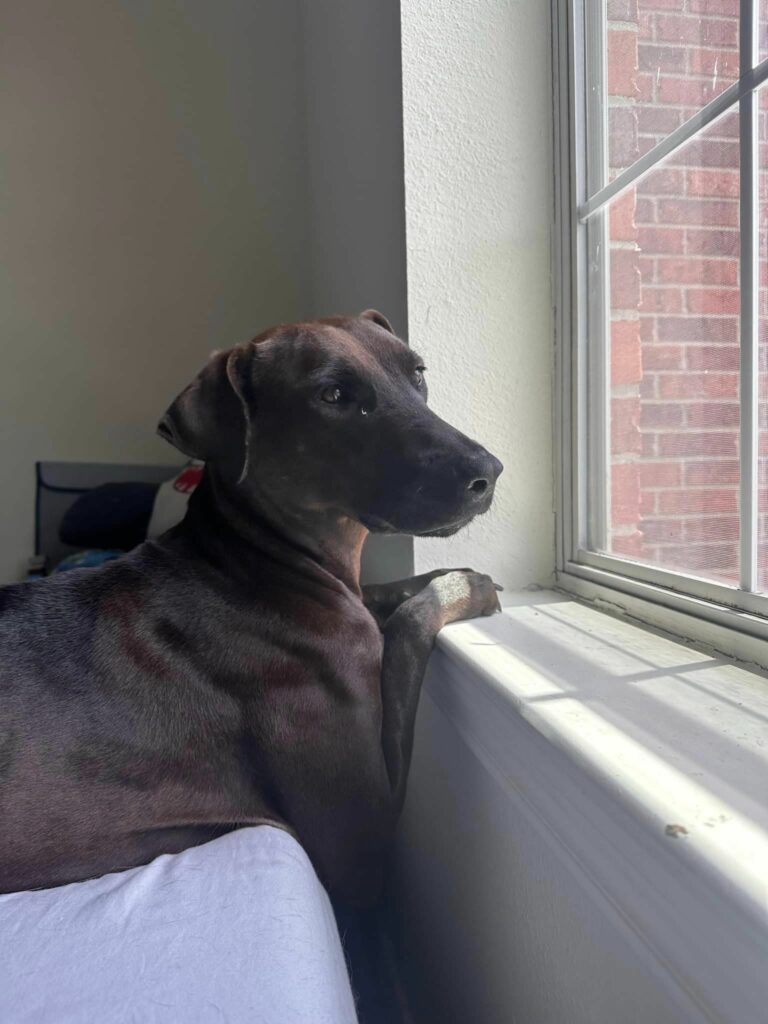
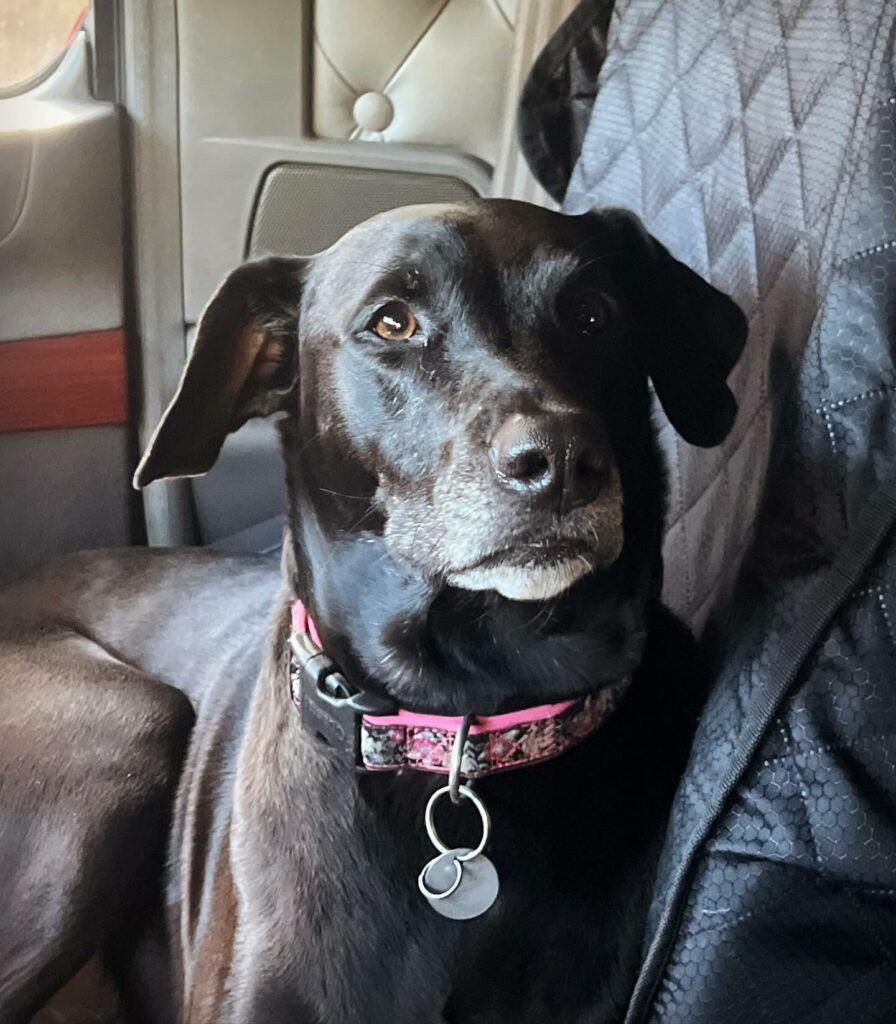
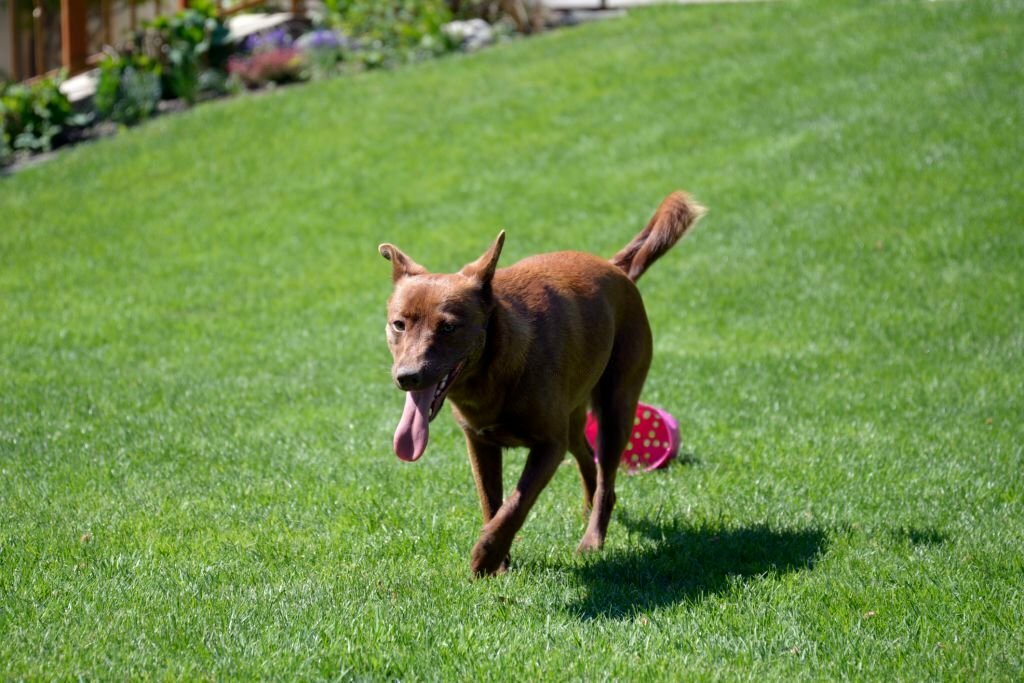
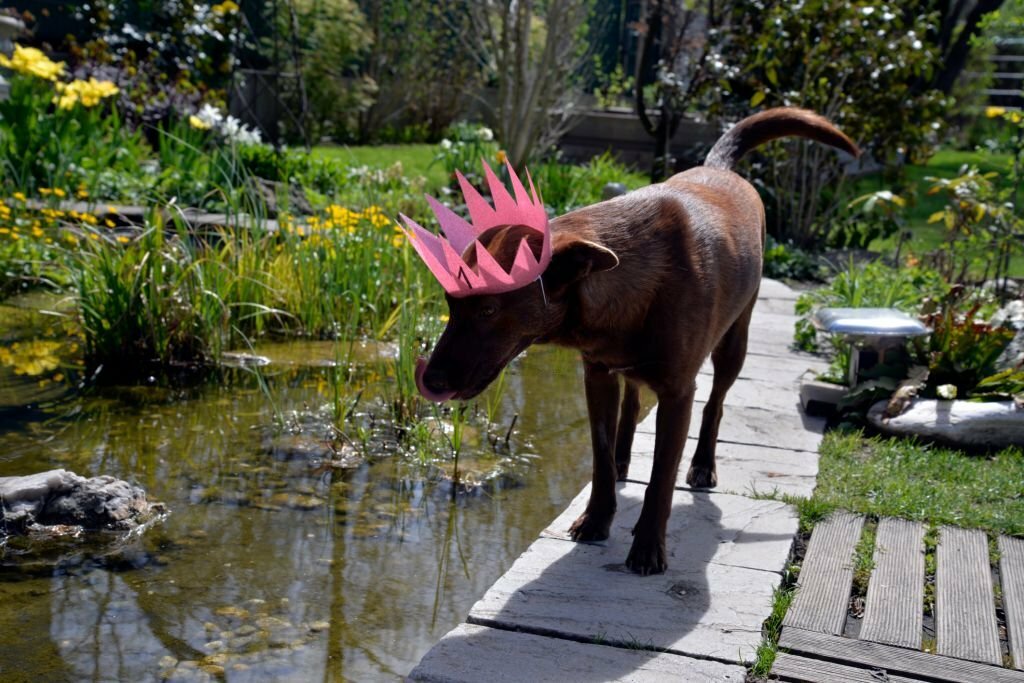
Overview of the Parents Breed
The Doberdor uniquely blends a Doberman Pinscher’s strength and loyalty with a Labrador Retriever’s friendliness. These large dogs have a robust build and an elegant look that reflects their Doberman and Labrador roots.
With a range of personality traits from their mixed heritage, Doberdors need consistent training and socialization. They thrive on regular exercise to stay fit, both mentally and physically.
For their health, it’s essential to keep up with regular vet visits to prevent any issues they might inherit from their parent breeds.
Key Traits
Doberdors are a unique blend of intelligent breeds: the Doberman Pinscher and the Labrador Retriever. They bring together the best of both worlds – the Doberman’s protective instincts and the Labrador’s friendly energy. Owners of these mixed-breed dogs should prepare for a hands-on approach to training and socialize them from an early age. Known for being great guard dogs, Doberdors have an innate desire to safeguard their home and a solid drive to make their owners happy.
| Trait | Doberman Pinscher | Labrador Retriever |
|---|---|---|
| Intelligence | High | High |
| Energy Level | Moderate to High | High |
| Protectiveness | Very High | Moderate |
| Socialization Need | High | High |
Understanding these traits is vital for anyone considering a Doberdor. It helps ensure you can create a nurturing environment for them and use their natural abilities positively.
Breed Origin Story
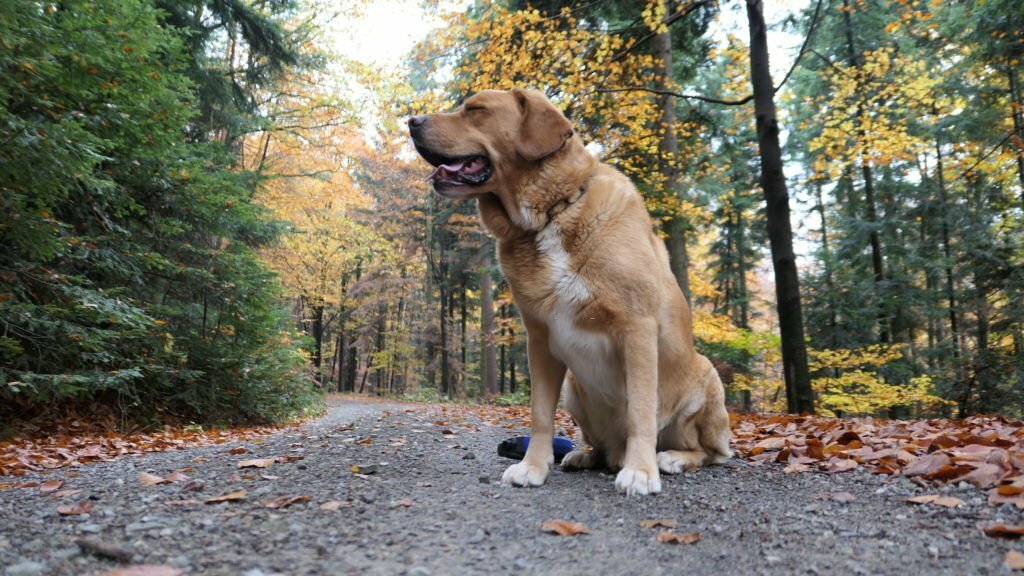
The Doberdor is a distinctive mix, born from intentional crossbreeding between the Doberman Pinscher and the Labrador Retriever. The goal was to blend the Doberman’s protective instincts with the Labrador’s amiable nature—this mix aimed to produce a dog that excelled in companionship and security.
Breeders looked closely at the individual traits of both parent breeds to ensure the best qualities were passed on to the Doberdor. As a result of careful selection, this hybrid boasts a balance of loyalty and sociability. The Doberdor has gained recognition as a unique breed that inherits the strengths of its lineage, and dog enthusiasts have come to appreciate the distinctiveness of this hybrid.
Historical Breed Development
The Doberdor crossbreed emerged in the 2000s, combining the Doberman Pinscher’s protection skills with the Labrador Retriever’s hunting abilities. This mix was crafted to create a versatile dog that could excel as a loyal guardian and a friendly companion.
The Doberman’s history as a defense dog in military and police work complements the Labrador’s skill in retrieving, aiming for a breed that offers the best of both worlds. These crossbreeds were developed to meet the growing need for dogs that could fit into various roles, including being family pets or working as service animals.
This careful puppy breeding has produced dogs known for their muscular physique, high intelligence, and protective and friendly demeanor.
Doberman-Labrador Mix Inception
The Doberdor is a carefully crafted mix of Doberman Pinscher and Labrador Retriever, originating in the early 2000s. This crossbreed was intentionally developed to combine the Doberman’s protective instincts with the Labrador’s friendly demeanor.
Breeders focused on merging the Doberman Pinscher, known for its unwavering loyalty and alertness, with the Labrador Retriever, appreciated for its friendly nature and skill in retrieving. The aim was to create a hybrid dog that would serve as a versatile companion, appealing to those who appreciate both the protective qualities and the warm companionship these breeds offer.
Purposeful Crossbreeding Motivations
Breeders aimed to combine the Doberman Pinscher’s loyalty and protective instincts with the Labrador Retriever’s intelligence and ease of training when they created the Doberdor.
This effort is a part of the growing interest in designer dogs bred to meet the needs and desires of future pet owners.
The goal with the Doberdor was to create a robust and adaptable dog that fits well into active family life and shows promise for various canine sports and activities.
Physical Dimensions

Understanding the physical dimensions of a Doberdor is essential for grasping its overall health, capabilities, and how it fits into different living environments. We’ll closely examine their height and weight, reflecting the breed’s size and the space it needs. Analyzing their build, how they grow, and how they measure up to breed standards gives us a complete picture of what to expect from a Doberdor.
- Height and Weight
- Build Characteristics
- Growth Patterns
- Size Comparison
Looking at the Doberdor’s height and weight helps us predict their physical presence and how much room they’ll need in a home.
A detailed examination of their build reveals their muscle structure, bone density, and overall physique.
Observing their growth patterns is crucial for proper nutrition and exercise regimes.
Comparing their size to breed that’s help potential owners understand what a healthy Doberdor should look like.
Height and Weight
Doberdors, a cross between Doberman Pinschers and Labrador Retrievers, typically weigh between 60 and 100 pounds and have a height of 24 to 28 inches. Their size reflects the traits of their large parent breeds, giving them a solid and athletic appearance.
Size differences are common due to the Doberman and Labrador gene pool variety. Also, females are often smaller than males. Since the Doberdor is a newer breed, size standards might still evolve.
For owners who want to know more about their Doberdor’s growth and health needs, it’s best to consult with veterinarians or use breed-specific guides.
Build Characteristics
Doberdors combine the sturdy build of a Labrador with the Doberman’s athletic shape, resulting in a muscular and imposing dog.
They come in various coat colors, from black to fawn, often marked with rust-colored patches.
These large dogs need careful health monitoring, especially for hip dysplasia, a common issue in their parent breeds.
Responsible breeders work hard to ensure these active dogs stay healthy and keep their muscular bodies well into age.
Growth Patterns
Doberdors, a crossbreed of Labradors and Dobermans, typically grow to their full size between 12 to 18 months. Male Doberdors are usually larger than females in terms of weight and height. This growth combines the Labrador’s sturdy frame and the Doberman’s more athletic build, resulting in a robust and tall dog within the mentioned age range.
Given their high energy levels from both parent breeds, Doberdors require a nutrient-rich diet to support their growth spurt and their need for activity. Regular check-ups are vital to ensuring they’re on the right path to achieving their full potential in size and health.
Size Comparison
The Doberdor stands out due to its unique size, combining the Doberman Pinscher’s slim figure and the Labrador Retriever’s sturdy frame. You can expect a Doberdor to weigh between 60 and 100 pounds and stand tall at 24 to 28 inches at the shoulder. This range in size comes from the varying lengths of its parent breeds. Generally, female Doberdors are slightly smaller than their male counterparts.
Their size is more than just about looks; it influences their health, the amount of space they need, and how much exercise they should get. Knowing the size of your Doberdor can help you better plan for their care and lifestyle needs.
Breed Standard Variability
Doberdors, a cross between a Labrador Retriever and a Doberman Pinscher, come in various sizes and appearances. There’s no set breed standard for these hybrids, leading to a mix of traits from both parent breeds.
They can weigh anywhere from 60 to 100 pounds and might stand 24 to 28 inches tall at the shoulder, but these numbers vary. When you look at different generations of Doberdors, you’ll notice a wide range in how they look, making it hard to predict their size and features accurately.
Anyone interested in owning or breeding a Doberdor should be ready for this range of possibilities and choose a dog that matches their lifestyle and space.
Temperament Traits
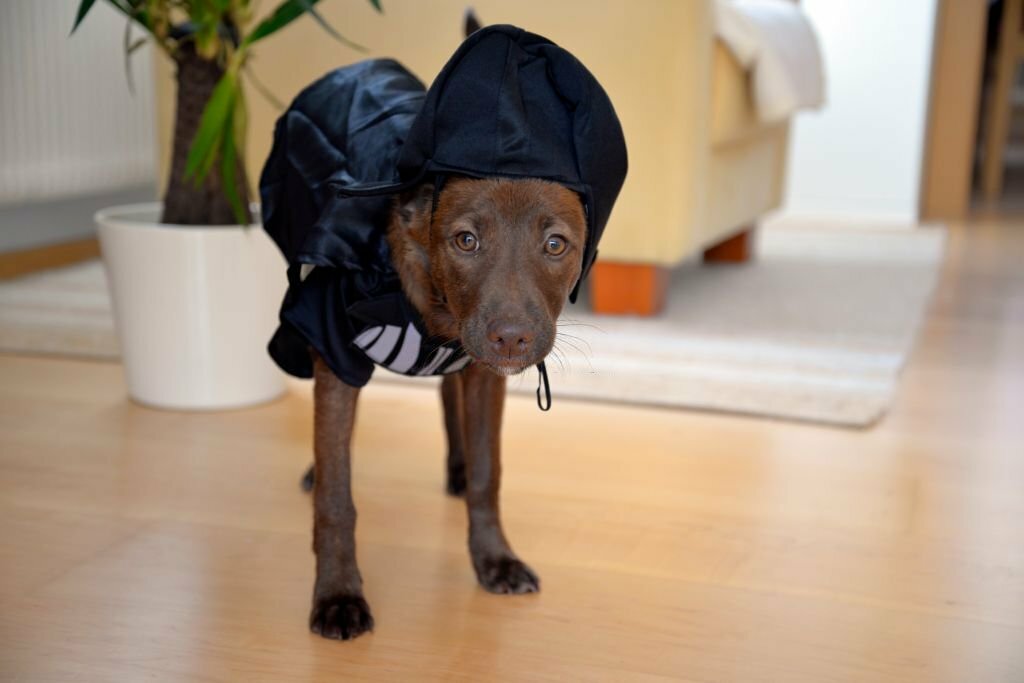
A Doberdor’s temperament is shaped by genetics and the environment, influencing their behavior within a specific range. Before deciding to bring a Doberdor into your home, you should take into account a few key aspects:
- Doberdors have a range of aggression levels that can be managed effectively with proper training.
- Their ability to get along with families, including those with children or other pets, is also essential.
- These dogs have a strong prey drive that requires consistent and well-thought-out strategies.
- They are energetic and need plenty of physical exercise and mental stimulation to stay happy and fit.
Understanding these elements is critical when assessing whether a Doberdor fits your lifestyle and household.
Aggression Levels
Understanding Doberdors and their behavior is essential for anyone considering one as a pet. These dogs are a mix of Doberman Pinscher and Labrador Retriever and can display various behaviors.
The potential for aggression in Doberdors isn’t automatically a cause for concern, but it does mean they need consistent and structured obedience training. This helps channel their protective instincts in a positive direction.
People with dog experience might find it easier to handle Doberdors and guide their assertive behaviors. With their devotion and protective nature, Doberdors can be great guardians for a family. However, their assertiveness might become a problem without regular socialization and training.
Committing to a well-planned training routine is very important to ensure they grow up to be well-behaved and friendly dogs.
Family Compatibility
Doberdors, a mix of Doberman and Labrador traits, need socialization and training to thrive in a family setting.
They’re ideal pets for active families who can provide a structured routine that promotes learning and interaction.
Early socialization is critical to helping Doberdors adjust well to life with children, building a bond of loyalty and protection.
Since they are medium to large dogs, it’s wise to supervise their interactions with kids to keep everyone safe.
Ongoing obedience training is also essential to manage their temperament and help them fit seamlessly into family life.
Prey Drive Management
Owners of Doberdors, the mix between the protective Doberman Pinscher and the friendly Labrador Retriever, often find themselves addressing the breed’s strong hunting instincts. These dogs possess a unique blend of qualities: the Labrador’s warmth and the Doberman’s boldness.
Owners should focus on training and behavior adjustment to prevent unwanted chasing or aggressive actions. This involves using positive rewards to reinforce good behavior and clear, regular commands to reduce the likelihood of the dogs reacting to moving objects or animals.
Introducing Doberdors to different situations in a safe, controlled way can also help reduce their natural hunting behavior. For success, the owner must create a consistent training schedule that uses the breed’s intelligence and eagerness to learn. This helps ensure that the dogs behave well, both at home and when out in public.
Energy and Activity
Doberdors are energetic dogs with a strong need for regular exercise to keep them happy and healthy. Owners should plan multiple walks each day and include activities that challenge both the body and mind of these intelligent animals.
Engaging a Doberdor in various forms of physical activity is vital for their well-being and to keep their sharp minds occupied. Mixing their routine with multiple exercises and mental stimulation is essential to stay balanced and content.
Socialization Importance
Considering their personality, Doberdors need early and thorough socialization to develop their protective instincts while remaining friendly and well-behaved. It’s vital for these mixed breed dog to become well-rounded family pets, and early socialization helps them understand and react to various social signals.
Introducing them to different settings, people, and animals teaches them to handle social situations confidently, like tax collector. With careful and consistent social training, a Doberdor’s finest traits—loyalty, alertness, and friendliness—will shine through.
